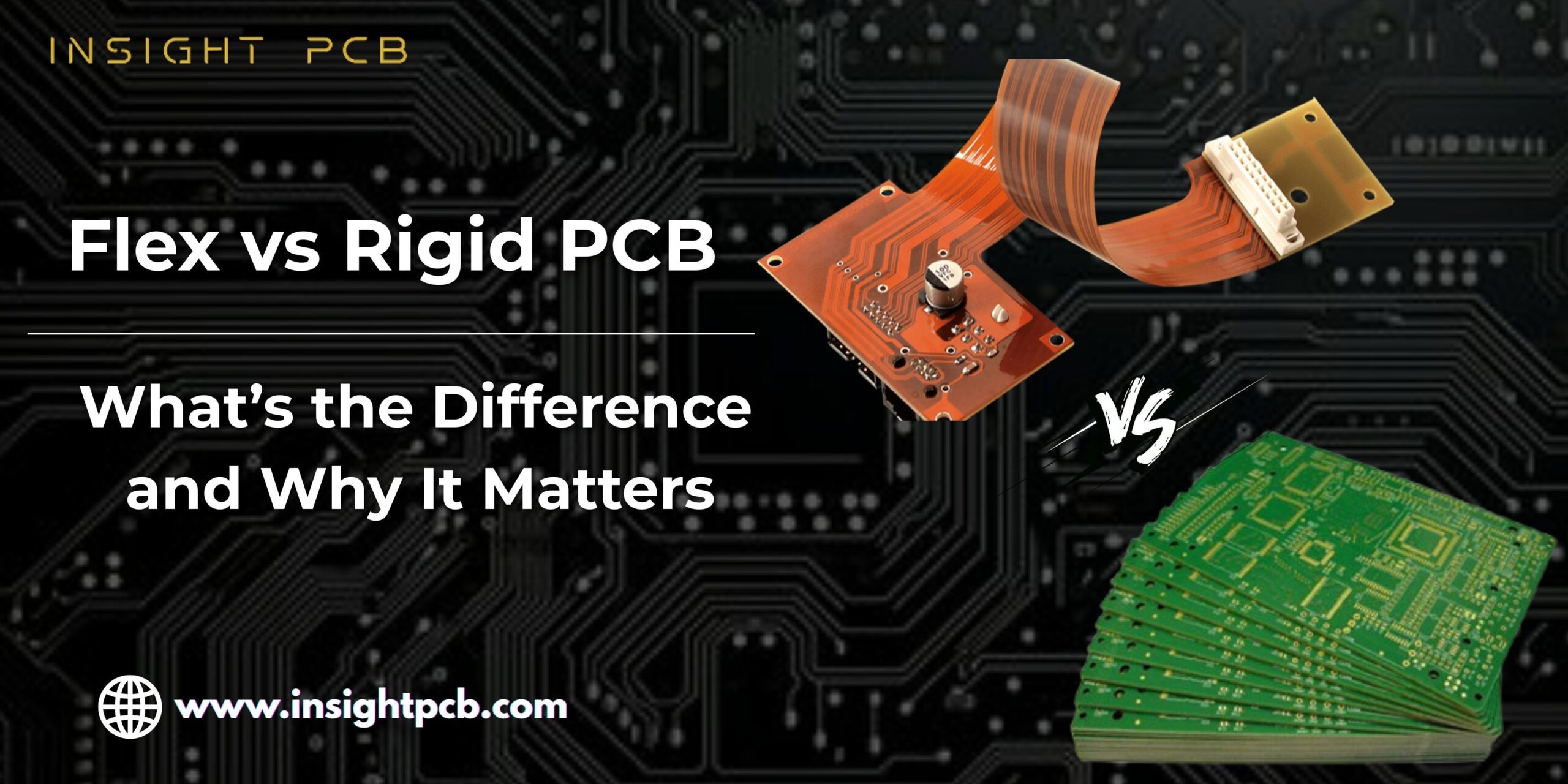
Aerospace PCB Applications – Basics and Why They Matter
At first glance, printed circuit boards (PCBs) may not seem essential, especially in the aerospace industry. But they play a crucial role in this field. Every switch, sensor, and control system in any aircraft or space vehicle depends on reliable electronic circuits. Without sturdy PCBs, there would be neither satellites in orbit nor aircraft flying.
Now, when we talk about PCBs in aerospace, it’s not just wiring a board and slapping on a few components. It is about designing circuits that can endure extreme stresses, harsh environments, and constant shaking, conditions that are a million times tougher, for example, than those faced by consumer or office electronics.
Let’s examine the fundamental concept of aerospace PCB applications and their significance in this field.
The Basics of Aerospace PCBs
In What Ways Do Aerospace PCBs Differ?
Aerospace PCBs differ from the conventional PCBs found in laptops, mobile phones, and other everyday electronic devices. Their design necessitates greater durability and precision. The ability to work in an environment where a tiny fault has the potential to cause billions of dollars in financial damage or loss of human life.
Some of the main differences include:
- Tolerance to elevated temperatures: Parts will be exposed to extreme heat levels experienced during takeoffs, re-entries, rocketing, and landings.
- Light construction: Weight is a critical characteristic in aerospace engineering. Hence, the boards should be light and strong.
- Shock and vibration resistance: The constant vibration of aircraft and space vehicles requires the continuous functioning of the PCBs without damage.
- Reliability: No room for mistakes. All boards must undergo rigorous quality inspections.
Materials Utilized
Aerospace PCBs incorporate advanced materials that can withstand extreme conditions. Typical selections are:
- Polyimide laminates: Renowned for heat resistance.
- High-performance FR-4: Provides strength with relatively low weight.
- Metal-core PCBs: Applied where heat management is vital.
The material selection itself indicates how significantly aerospace PCBs differ from common circuit boards.
Main Aerospace PCB Applications
PCBs are ubiquitous in aerospace technology, but the majority of people never even see them. Some of the primary fields where they are involved are as follows.
1. Avionics Systems
Avionics refers to the electronic systems used in aircraft. Communication, navigation, and monitoring equipment fall into this category. PCBs in avionics deal with:
- Flight control computers
- GPS and radar systems
- Data communication networks
- Speed, altitude, and engine monitoring systems
2. Power supply systems
Aerospace PCBs handle power distribution in various components of an aircraft or a spacecraft. Their functions are:
- Maintain stable power to delicate instruments.
- Handle fluctuating voltage levels.
- Avoid power failure in critical operations.
3. Engine control systems
Jet engines and rocket motors mostly depend on electronics for control and efficiency. Aerospace PCBs used here are designed to:
- Maintain fuel flow regulation.
- Control ignition systems.
- Monitor temperature and pressure levels.
4. Communication Equipment
Clear communication is non-negotiable in aerospace. PCBs drive systems that:
- Facilitate air-to-ground communication
- Support satellite communications
- Ensure reliable pilot-to-crew communication.
5. Space Technology
PCBs in satellites, space shuttles, and probes operate under severe conditions. They are engineered for:
- Resistance to radiation in orbit
- Long service life without maintenance
- High-density design for small devices
6. Safety and Control Instruments
From black box recorders to cockpit displays, aerospace PCB applications enable constant monitoring and reporting. They facilitate:
- Warning systems for pilots
- Safety alarms
- Real-time data capture
Why Aerospace PCB Applications are so Important
It’s one thing to know where PCBs are applied. It’s another to understand why they’re so important in aerospace. Here’s why they’re so important:
Safety First
Each flight is dependent on electronic systems that can never fail. A faulty PCB might interfere with navigation, power, or communication, endangering lives.
Precision Matters
Aircraft and spacecraft require precise control. PCBs deliver the precision required for sensors, controls, and guidance systems.
Durability Reduces Cost
In the world of smartphones, a faulty board is a cheap and quick fix. Consider the cost and inconvenience of doing that with an airplane or a satellite. Quality PCBs are an investment.
Fueling New Ideas. As drone technology advances, so do space and electric airplane initiatives. PCBs make all these leaps possible.
Issues in Aerospace PCB Design
PCBs in aerospace are not easily designed. Engineers have to overcome several challenges:
- Miniaturization: The components must be smaller, lighter, yet more powerful.
- Thermal Management: Excessive heat generation can destroy circuits if not addressed.
- Electromagnetic Interference: The systems have to function without signal interference.
- Severe Testing: Every board undergoes extensive stress testing, which includes vibration, temperature cycling, and radiation testing.
Trends Shaping PCB Aerospace Applications
The aerospace sector is rapidly changing, and so are the PCBs. Let’s explore a few changes that can be anticipated:
- Eco-Friendly Materials: Attention is being given to sustainable and recyclable materials.
- Flexible PCBs: Small systems benefit from their adaptability and light weight.
- High-Frequency PCB: Communications at high speeds, such as those used in satellite and radar systems, utilize it.
- Testing Automation: Validation of aerospace boards is being done in less time and with more accuracy.
Concluding Remarks
Aerospace PCBs are quiet heroes working alongside every passenger and scientist. While passengers cruise in an airplane and scientists monitor satellites, these aerospace PCB applications are the backbone of modern technology. They power everything from the cockpit displays to advanced satellite systems.
Do not forget the countless engineered PCBs out of sight, which ensure every system runs properly for the next airplane takeoff or rocket launch.
Insight PCB is not seeking precision and reliability; we expect it. Insight PCB supports industries where details matter, and with decades of experience in designing and manufacturing PCBs, we deliver the best possible quality service. They include aerospace, defense, and medical technology.
For those who are asking how PCBs are driving aerospace, Insight PCB has the innovation and reliability needed for today’s technology.




